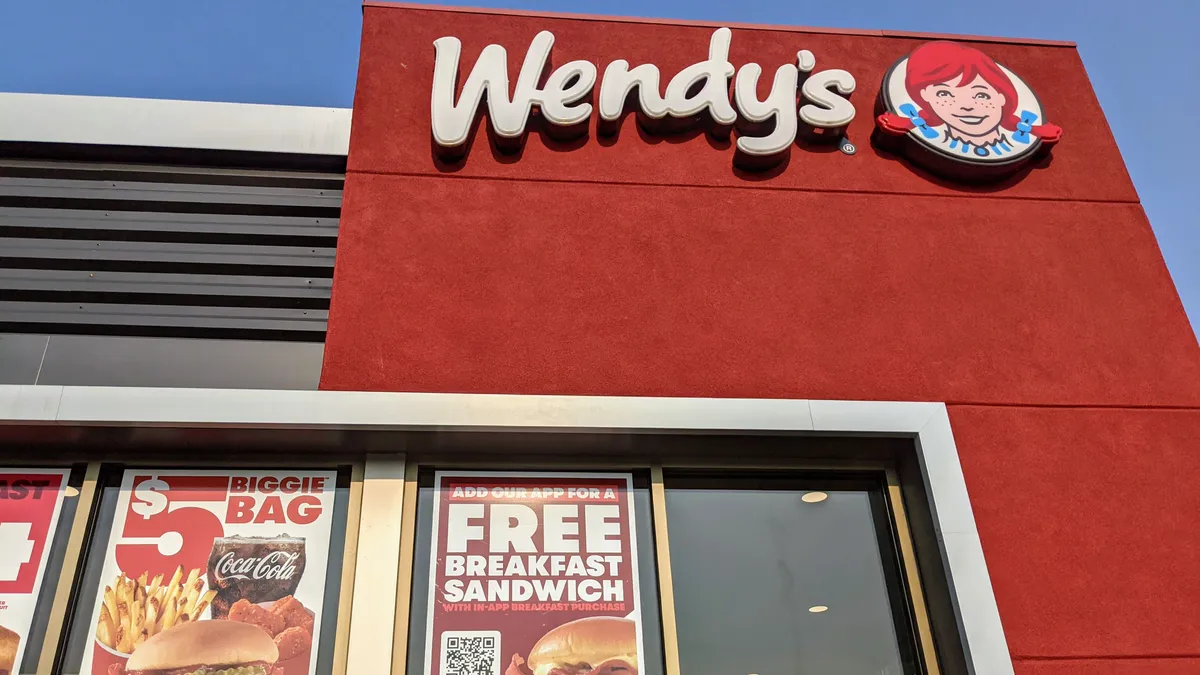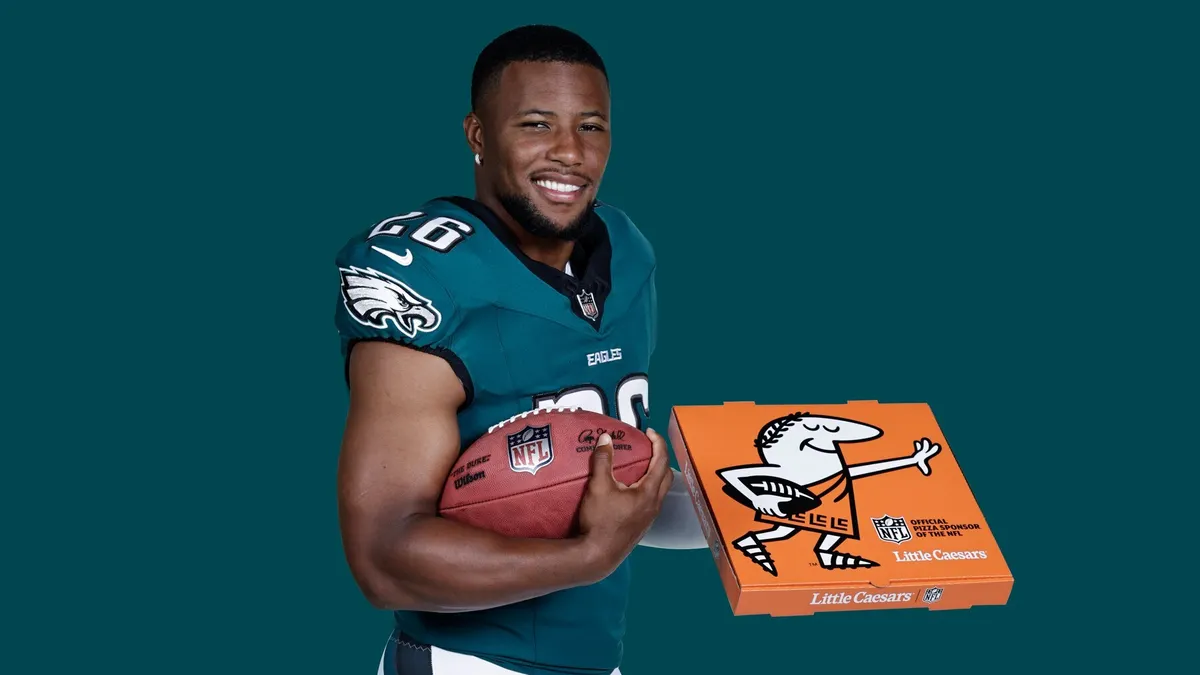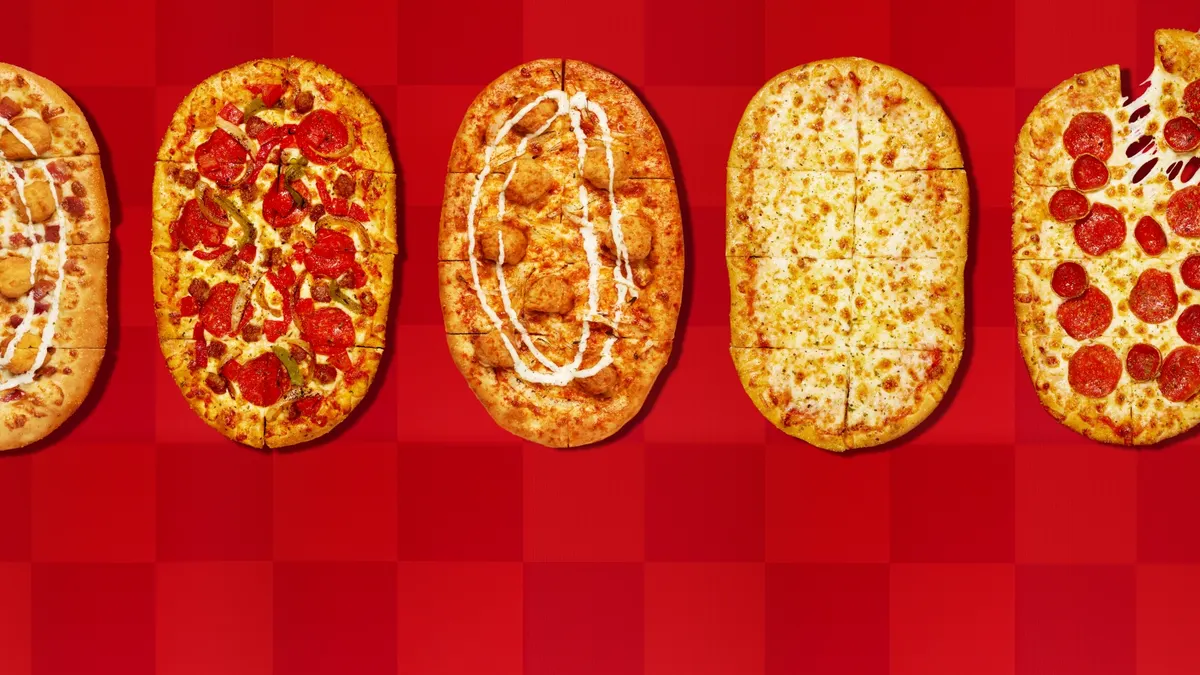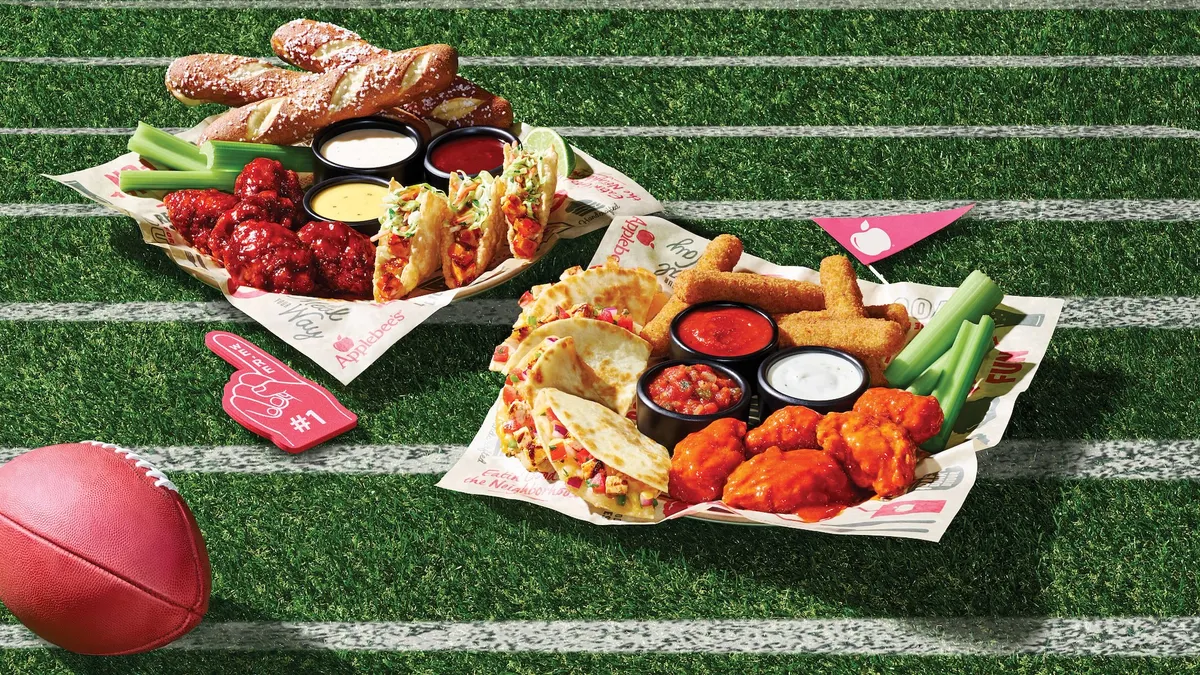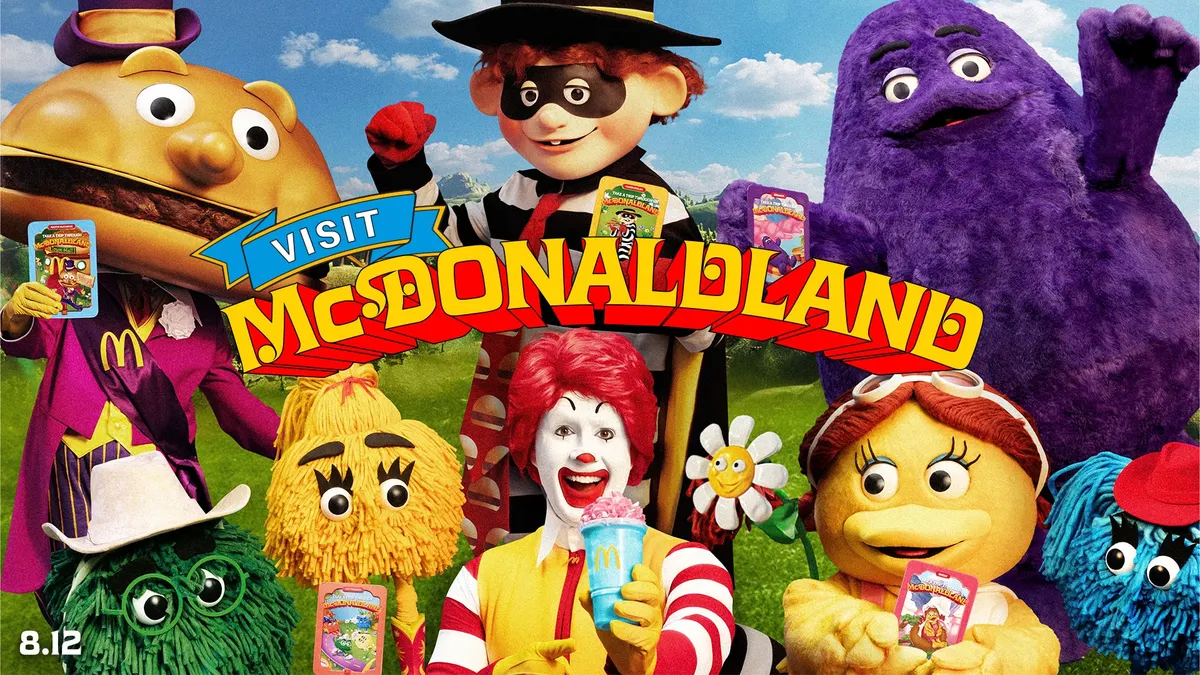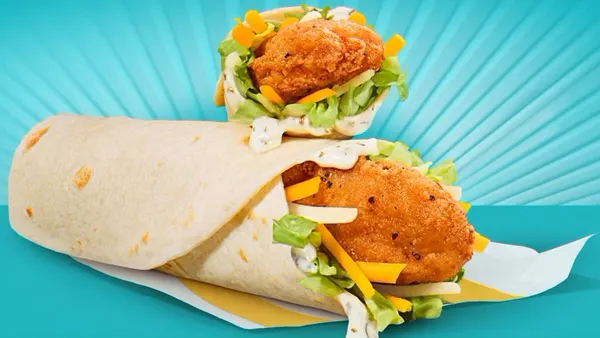The following is a guest post written by Catherine Tabor, founder and CEO of Sparkfly.
Dynamic pricing is a common practice nowadays, subtly shaping our shopping habits across industries. Whether booking flights, reserving hotel rooms or shopping online, we've all grown accustomed to price adjustments based on a myriad of factors. Some of us even enjoy that hunt for a great deal.
While the restaurant industry has historically been slow to adopt this pricing practice, advances in technology and AI integrations will soon make dynamic pricing an indispensable strategy for quick-service restaurants looking to optimize revenue, attract new business and enhance customer satisfaction.
As a leader in the QSR space, Wendy's recent foray into dynamic pricing signals a bold step for the industry. However, it’s important to keep in mind that successful implementation requires transparency, clarity, an adaptive mindset and an unwavering commitment to the consumer experience.
What’s in a name? Quite a lot actually
By now, we all know that the biggest factor that fueled the Wendy’s buzz was confusion between dynamic pricing and surge pricing.
Made mainstream by the rideshare industry, surge pricing is a simple equation based on supply and demand. Dynamic pricing, however, is a much more complex model that adjusts the cost of an item or service based on market conditions, weather, season, time of day or supply changes. The critical distinction lies in the nuanced and data-driven nature of dynamic pricing. While surge pricing can feel punitive for the consumer during peak periods, dynamic pricing is more of a two-way street between brand and consumer that seeks to maintain customer trust and satisfaction while optimizing efficiencies for the company.
Leveraging dynamic offers
As the founder of a business that helps companies improve their customer engagement ecosystems, I can confidently say the best way to implement dynamic pricing — both for the consumer experience and for the company’s bottom line — is through dynamic offers.
Dynamic offers surprise and delight consumers, fostering positive brand experiences. While traditional discount methods like Happy Hour or Taco Tuesdays have their merits, modern dynamic offers take personalization to the next level. By leveraging AI and data-driven insights, QSRs can craft promotions tailored to individual preferences, weather conditions, time of day, or even community events. This approach not only facilitates short-term acquisition but also lays the groundwork for long-term loyalty-building strategies.
Imagine receiving a coupon for your favorite frosty treat on a scorching summer afternoon, or a two-for-one discount from your local pizza joint after your son’s football game. These personalized and community-based offers not only resonate with customers, but also drive foot traffic during off-peak hours, effectively optimizing revenue streams.
By offering time-sensitive coupons and promotions, brands can attract new customers without creating long-term liabilities. This approach not only enhances brand loyalty but also fosters a sense of community engagement beyond traditional marketing methods.
The future of dynamic offers
As technology continues to evolve, more and more restaurants will embrace dynamic offers. AI-driven algorithms can do the heavy lifting by segmenting consumers and optimizing offers based on behavioral data, ensuring promotions remain relevant and effective. Industry giants like McDonald’s, Burger King, Taco Bell, and Starbucks have already embraced dynamic couponing, recognizing its potential to enhance customer experience and drive business growth.
Successful implementation hinges on the data. With AI-driven dynamic offers, QSRs can analyze vast amounts of customer data in real-time, identifying unique patterns, preferences and behaviors to inform highly personalized promotions.
By leveraging insights effectively, QSRs can tailor offers to individual preferences without cannibalizing their existing business, striking that delicate balance between personalization and profitability.
Creating meaningful connections
Dynamic offers represent a paradigm shift in QSR marketing strategies. By embracing data-driven insights and personalization, restaurants can differentiate themselves in a crowded market, optimize revenue streams and cater to evolving consumer preferences effectively.
As technology continues to evolve, the integration of AI-driven dynamic offers will undoubtedly play a pivotal role in shaping the future of the restaurant industry. To succeed, brands must embrace dynamic offers with a focus on consumer satisfaction. It's not just about offering discounts — it's about creating meaningful connections with customers that drive lasting loyalty and success.


